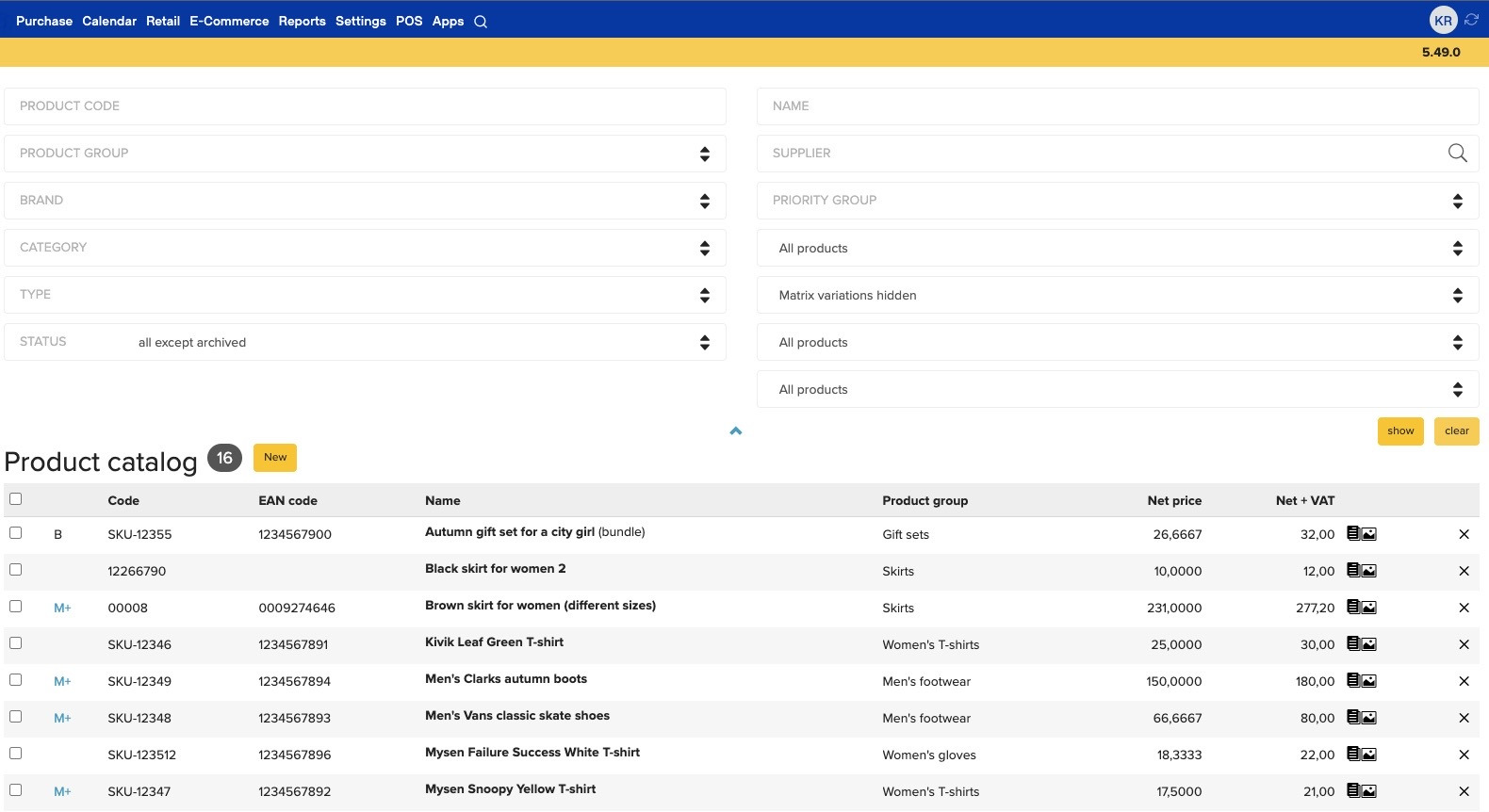China: Money Made From Tree Bark
History had shown that people’s faith in money was more important than the precious metal in the coin. The thing that carries this trust could be anything from shells and squirrel hides to gold coins or zeros and ones online. Obviously, we are aware that a $100 bill is nothing more than a piece of paper, but we trust the issuer and hope that the $100 bill will allow us to buy the same amount – or at least almost the same amount – of goods in the future as it does today.
As such, you can understand the astonishment of the world-famous medieval explorer Marco Polo on his trip to China. What he saw there in the 1200s was how the grandson of Genghis Khan, the powerful Kublai Khan (Chinese Emperor of the Yuan Dynasty) had his subjects make paper out of tree bark and use these pieces of paper as a payment method throughout the country. As a precaution, Marco Polo even added in his notes that he was of sound mind when describing what he had witnessed.
It’s likely that Kublai Khan had implemented a system at the request of the merchants, where the merchants could store their coins in specialized centers (savings banks) and were issued paper ledgers in return. At first, these ledgers were intended as a safe way for people to store their valuables but were soon adopted as a form of currency – the savings receipts became paper currency.
This benefitted the economy and although the merchants from other countries had to sell their gold, jewels, and pearls to the Emperor in exchange for these pieces of paper, nobody complained. The price was good and the pieces of paper were easy to bring along on their travels across China. Plus, the pieces of paper could be used to buy anything and everything. Another reason for the quick spread of paper currency across China was a simple fact that those who opposed, risked being executed.
The thing that sealed China’s fate was something even contemporary analysts warn against – the country was flooded with paper currency and the system eventually collapsed. However, the use of paper currency continued in China and a Ming Dynasty banknote from 1375 is on display at the British Museum.
Paper Currency in the New World: Wampum and Playing Cards
While coins were still the primary means of payment in Europe, the French in Canada adopted a much more innovative alternative means of payment. Granted, fate did force their hand a little. The problem was that the colonizers imported vast quantities of goods from Europe and the value of the imported goods significantly exceeded the value of exported goods. And so, the few coins that had been brought there from Europe quickly made their way back.
An alternative was needed to keep the economy of the colonies going. As a result, wampum, i.e. shell beads, were used as the official currency in Massachusetts from 1643 to 1660. But the metropolitan states didn’t like this; nor did they approve using tobacco leaves as currency. Furthermore, the colonists became very good at forging wampum.
Paper currency was obviously a better solution.
The first attempt to adopt paper currency in Europe was made by the French army in one of the country’s colonies in Canada in 1685 when a coin delivery from France was delayed. The intendant used playing cards to pay his men wages. The card currency stood strong despite the fact that the metropolitan country attempted to stifle it. Apparently, it had a positive effect on the economy.
Other British and French colonies in America and Canada adopted paper currency soon after. Politicians, on the other hand, continued their heated debates in favor of and against paper currency; and some politicians were prone to swiftly changing their mind on the matter. For example, Salmon P. Chase established paper currency in the United States as the Secretary of the Treasury and then declared paper currency illegal less than ten years later as the Chief Justice – this despite the fact that the currency depicted his image! Granted, most Americans got wind of this decision much later as it was revoked that same day.
The belief in the dollar’s gold standard persisted and when the US declared the dollar an international currency in 1944, the correlation between the value of the dollar and the value of gold remained. The system was actually faulty and in 1971, President Richard Nixon cut the final cord between gold and the dollar. Since then, the relationship between the dollar and gold has been entirely shaped by the market.







